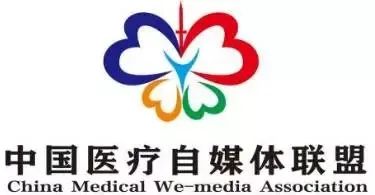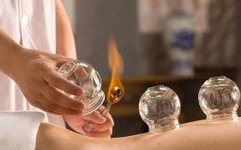
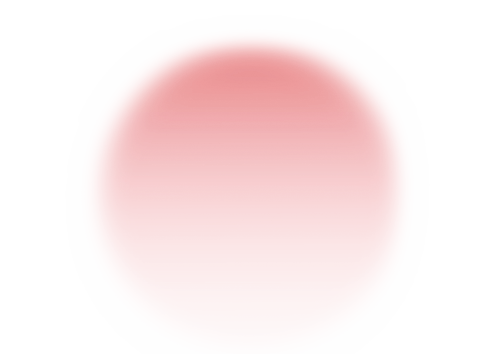
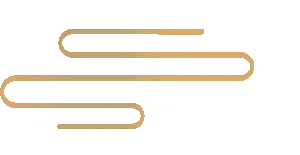
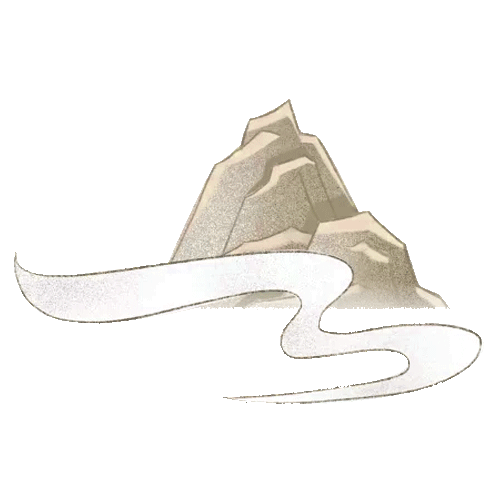
Cupping therapy, also known as “suction cup therapy” or historically referred to as “jiao fa”, is a method that utilizes cups as tools, employing heating and suction techniques to create negative pressure within the cups. This allows the cups to adhere to specific acupuncture points (腧穴, shùxué) or areas of the body, causing local skin congestion and even bruising, with the aim of adjusting bodily functions and achieving disease prevention and treatment. Depending on the severity of the patient’s condition, cupping can be categorized into various techniques such as flash cupping (闪罐, shǎn guàn), sliding cupping (走罐, zǒu guàn), retained cupping (留罐, liú guàn), and needling cupping (刺络拔罐, cì luò bá guàn), among others.
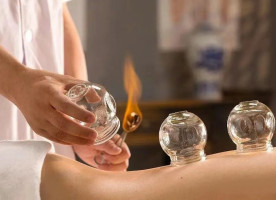

History of Cupping
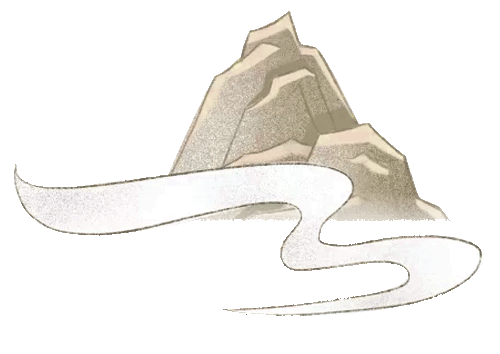
Cupping therapy has a long history in China, with references to “jiao fa” found in the “Fifty-Two Disease Formulas” (五十二病方, wǔ shí èr bìng fāng), a text from the Western Han Dynasty. This method is similar to the later developed fire cupping therapy. The earliest Chinese record of cupping for disease treatment is found in the “Zhou Hou Fang” (肘后方, zhǒu hòu fāng) written by Ge Hong during the Jin Dynasty (281-361 AD). Cupping therapy was also popular in ancient Greece and Rome, with records indicating its use as early as 400 BC.
Since ancient times, cupping has been an important method for disease prevention and health enhancement among the Chinese populace. Modern cupping therapy continues to evolve, with cupping devices made from glass, metal, plastic, rubber, and more recently, innovative types such as infrared cups, magnetic therapy cups, and laser cups. Various suction methods have also been developed, including suction and exhaust methods, injection methods, fire suction methods, and electric suction pumps. The range of conditions treated has expanded from a few ailments to over a hundred clinical diseases across various specialties.
Effects of Cupping
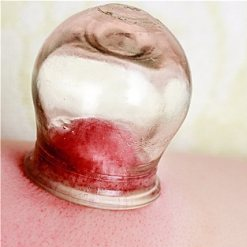

Cupping therapy has several effects, including opening the pores (腠理, cì lǐ), dispelling wind and cold, promoting circulation (通经活络, tōng jīng huó luò), invigorating qi and blood (行气活血, xíng qì huó xuè), removing stagnation and promoting new growth (祛瘀生新, qū yū shēng xīn), and reducing swelling and pain (消肿止痛, xiāo zhǒng zhǐ tòng). The vacuum created by cupping exerts a strong suction force on the acupuncture points, facilitating the expulsion of pathological products through the skin’s pores, thereby clearing the meridians (经络, jīng luò) and adjusting the functions of the internal organs, ultimately achieving disease prevention and treatment.
Indications for Cupping
Cupping therapy is widely applicable, commonly used for conditions such as abdominal pain, neck, shoulder, waist, and leg pain, joint pain, soft tissue sprains, and strains. It can also be used for colds, headaches, facial paralysis, cough, asthma, indigestion, diarrhea, menstrual irregularities, dysmenorrhea, and certain dermatological conditions such as red, swollen eyes, styes, erysipelas, and early-stage ulcers. With the advent of various cupping devices and ongoing research into the mechanisms of cupping therapy, its clinical application has expanded, making it a commonly used health maintenance therapy.
Interpreting Cupping Marks
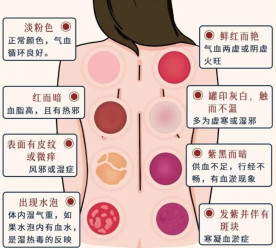
1. Light pink: Normal color, indicating good qi and blood circulation.
2. Dark purple-black: Indicates insufficient blood supply and possible blood stasis.
3. Purple with spots: Indicates cold congealing and blood stasis.
4. Bright red: Indicates deficiency of both qi and blood or excess heat due to yin deficiency.
5. Red and dark: Indicates high blood lipids and the presence of heat pathogens.
6. Gray-white, cool to touch: Indicates deficiency cold or damp pathogens.
7. Surface with skin lines or slight itching: Indicates wind or damp conditions.
8. Presence of blisters: Indicates heavy internal dampness; if the blisters contain blood, it reflects damp-heat toxicity.
Post-Cupping Care
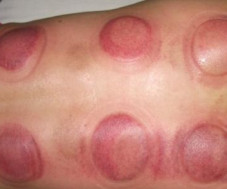
1. Do not take a shower immediately after cupping. The skin remains vulnerable after cupping, and showering may lead to skin damage and potential infection.
2. Avoid scratching the cupping area. If itching occurs, do not scratch the area. If the skin is broken, disinfect with iodine and seek medical attention if severe.
3. Do not ignore blisters. Small blisters (less than the size of a mung bean) usually resolve on their own; larger blisters (greater than the size of a soybean) should be disinfected and drained, applying burn ointment and keeping the area clean and dry; seek medical attention if severe.
4. Maintain warmth after cupping. The pores will be dilated for a short time after cupping, so it is important to keep warm to avoid catching a cold.
Contraindications for Cupping

1. Patients with bleeding disorders, such as leukemia or thrombocytopenic purpura, should not undergo cupping.
2. Individuals with severe skin allergies, skin lesions, ulcers, fractures, malignant tumors, severe edema, or loss of skin elasticity should avoid cupping.
3. Pregnant women should not have cupping on the abdomen or lower back.
4. Cupping on the neck is contraindicated due to the presence of major blood vessels and carotid sinuses, which may lead to embolism or changes in blood pressure, potentially causing fainting; patients with severe heart failure should also avoid cupping.
5. Cupping is not recommended for individuals who are overly full, hungry, thirsty, or intoxicated.
6. Patients with pulmonary bullae, emphysema, tuberculosis, lung abscess, or bronchiectasis should avoid cupping, as it may cause rapid changes in thoracic pressure, leading to spontaneous pneumothorax.
7. Individuals with internal muscle tears, such as rotator cuff injuries, should avoid cupping, as it may exacerbate bleeding and pain.
Cupping therapy is not only popular in China but has also gained widespread acceptance abroad. For instance, many folk practitioners in African countries still use “jiao fa”, while Japan’s “vacuum blood purification therapy” and France’s “cup therapy” are forms of cupping therapy. This demonstrates the global recognition of cupping’s efficacy.
Introduction to the Acupuncture Rehabilitation Department
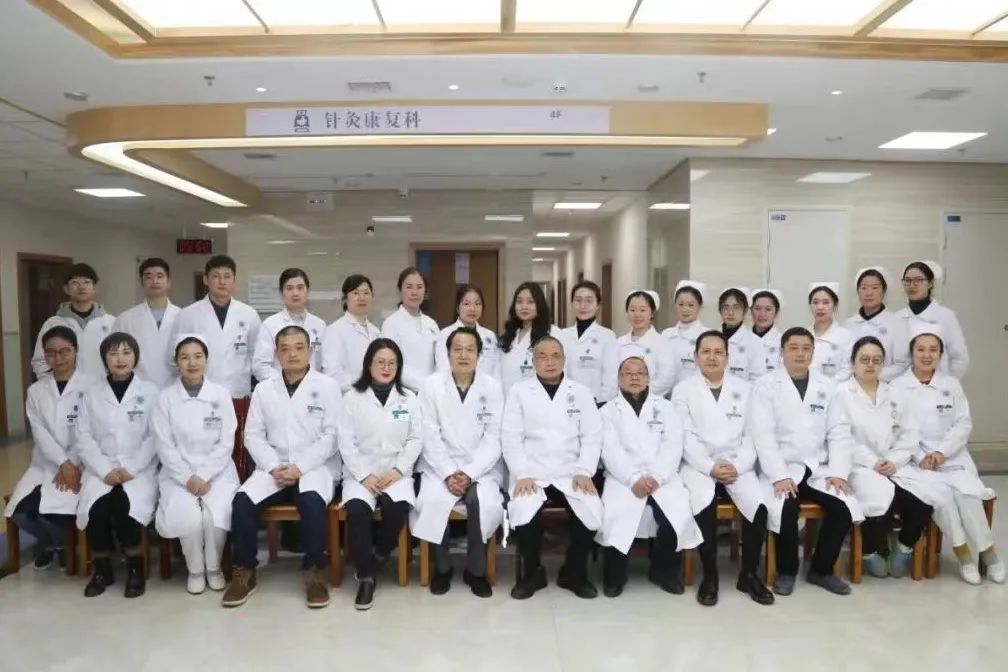
The Acupuncture Rehabilitation Department of the Second Affiliated Hospital of Sichuan University is a “National Key Traditional Chinese Medicine Specialty” construction unit, a key specialty construction project of the State Administration of Traditional Chinese Medicine during the 12th Five-Year Plan, a “Key Traditional Chinese Medicine Specialty in Sichuan Province”, and a “Key Traditional Chinese Medicine Disease Specialty (Stroke)”. In 2017, it was designated as the “Sichuan Province Acupuncture Quality Control Center” by the Sichuan Provincial Administration of Traditional Chinese Medicine. The department currently has 50 beds and is equipped with traditional acupuncture and massage treatment rooms, physiotherapy rooms, and rehabilitation training rooms, making it one of the largest integrated acupuncture departments in Sichuan Province.
Medical Features: Fully leveraging the characteristics and advantages of traditional Chinese medicine, specialized treatments include acupuncture, moxibustion, cupping, water needle therapy, intradermal needles, Ah Shi point four-flower needling, acupuncture for weight loss, Tian Jiu therapy, five-link therapy, traditional Chinese medicine compresses, traditional massage therapy, spinal manipulation, traction, anti-spasm treatment, facial muscle training, exercise therapy, and occupational therapy.
Conditions Treated: The department specializes in stroke, cervical spondylosis, facial paralysis, lumbar disc herniation, high-altitude injuries, spinal cord injuries, joint diseases, rheumatoid arthritis, trigeminal neuralgia, and herpes zoster.
Research Achievements: The department has undertaken over 50 national and provincial research projects and published nearly 100 academic papers. Established over 30 years ago, it has developed into a comprehensive treatment department with outstanding clinical efficacy, leading research levels, distinct specialty characteristics, and scientifically managed disease categories.

Clear winds and bright moons, unexpected encounters
If you like our content, please give us a thumbs up!
Some images are sourced from the internet; please contact us for removal if there are any copyright issues.
Contributed by: Fu Xiaoli (Acupuncture Rehabilitation Department)
Edited by: Huang He
Reviewed by: Chen Jie
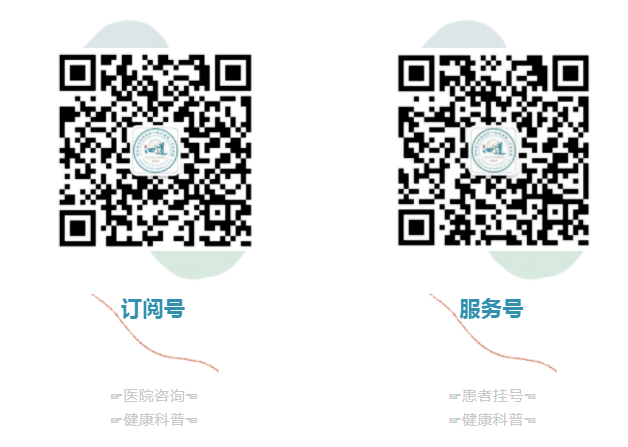

Ambitious, Knowledgeable, Virtuous, and Professional
Hospital Address: 20 Sidaojie, Qingyang District, Chengdu
Consultation Phone: 028-69060666
Emergency Phone: 028-68890120
Hospital Website: www.sc2zyy.com
Official Weibo Name: Sichuan Second Traditional Chinese Medicine Hospital
Appointment Registration:
1. Appointment registration can be made through the “Sichuan Second Traditional Chinese Medicine Hospital Service Account” on WeChat.
2. Appointment registration can also be made through Tianfu Medical Health, Tianfu Citizen Cloud, and Huayi Tong App.
